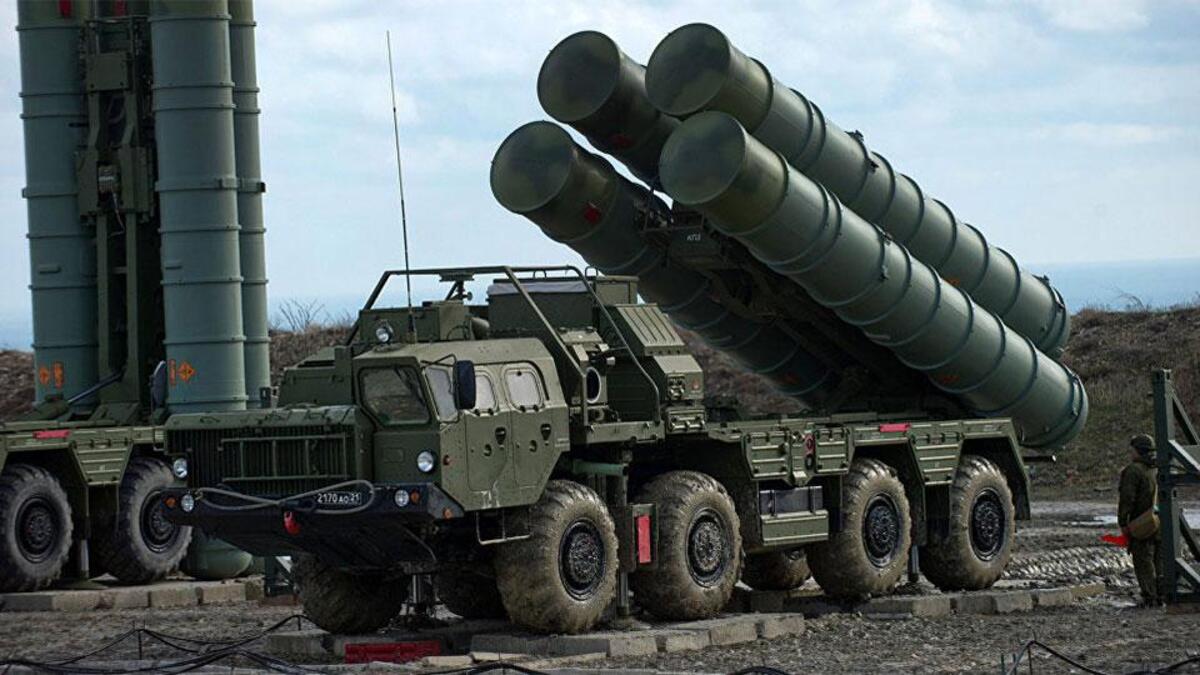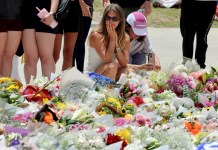A Russian tourist who recently posted a picture of himself on a beach near Crimea appears to have unintentionally assisted the Ukrainian army by revealing the location of Russian S-400 air defense batteries.
In recent weeks, Crimea has come under intense attacks. In early August, the Russian air base of Saky was attacked with missiles, causing severe damage to Russian assets and infrastructure.
Nine or more Russian jets are thought to have been damaged or destroyed during the attack. Explosions at the airstrip also sparked terror among Russian vacationers, leading to a massive exodus from the peninsula.
Russia has reportedly stationed S-400 air defense systems in the region to intercept possible missiles fired by the Ukrainian military.
Meanwhile, a Russian tourist has involuntarily helped Ukrainian forces locate Russia’s air defense assets. An image of a Russian visitor posing in his swim trunks while standing close to the S-400 batteries has gone viral on the internet.
Due to the picture, the Ukrainian army was reportedly able to geolocate the Russian air defense system.
Maybe we are being too hard on russian tourists… Sometimes they can be really helpful. Like this man taking pictures at russian air defense positions near Yevpatoria, in occupied Crimea. Thank you and keep up the good work! pic.twitter.com/bj5oEyXU0H
— Defense of Ukraine (@DefenceU) August 22, 2022
The Ukrainian military also posted that image and humorously expressed their thankfulness to the Russian tourist.
They retweeted his photo and wrote: “Maybe we are being too hard on Russian tourists. Sometimes they can be really helpful. Like this man taking pictures of Russian air defense positions near Yevpatoria, in occupied Crimea. Thank you, and keep up the good work!.”
It is believed that the photo has exposed at least two Russian S-400 air defense units to Ukrainian intelligence.
Russia Takes Defensive Posture?
After annexing Crimea in 2014, Russian President Vladimir Putin pledged that the region would always be a part of Russia. However, recent drone incursions and strikes have shown just how exposed the Russian defenses in the area are.
Moscow’s preparations to advance further into southern Ukraine have also been thwarted by the strikes deep inside the Russian-occupied territory, notably on the Russian Black Sea Fleet’s headquarters in Sevastopol. In April, the Black Sea Fleet’s capabilities were diminished after losing its flagship, Moskva.
These attacks may force Moscow to reconsider its overall strategy. The British Defense Ministry stated on August 16 that the fleet’s surface ships continue “to pursue an extremely defensive posture, with patrols generally limited to waters within sight of the Crimean coast.”
Despite the fleet’s constant use of long-range missiles against Ukrainian targets, the ministry said that the fleet’s “limited effectiveness undermines Russia’s overall invasion strategy” partly because the “amphibious threat to Odesa has now been largely neutralized,” enabling Ukraine to relocate its troops elsewhere.
According to the Ukrainian intelligence agencies, the strikes by Kyiv also forced Russia to relocate at least 24 jets and 14 helicopters back to Russia or sites further inside Crimea to safeguard them.

By relocating such resources away from the action, Russia may find it more challenging to use the hardware to support its military in Ukraine.
Meanwhile, experts believe that Ukraine’s primary objective is not to recapture Crimea but rather to hinder Russia’s ability to conduct war in the south and east, where Kyiv is attempting to reclaim territory.
Furthermore, the strikes, according to military analysts, show that Ukraine is learning more about how Russian air defenses operate and can now use intelligence and weapons supplied by Western nations effectively.
The recent events have also impacted the security and morale of Russians living in Crimea. Thousands of civilians, many tourists, have apparently evacuated the peninsula after the blasts at Saky air base.
Importance Of Crimea
Since the collapse of the Soviet Union, Russia and Ukraine have clashed over Crimea. The Black Sea’s natural harbors in Crimea were recognized as a critical military advantage by the Imperial Russian Navy under Peter I.
Crimea was a part of Russia throughout the Soviet era until it was given to Ukraine by Soviet leader Nikita Khrushchev in 1954. When the Soviet Union disintegrated, the new states’ borders were identical to those of the previous Soviet Republics, so Crimea continued to be part of Ukraine.
However, there was immediate and profound discontent in Russia. This was mainly due to the region’s strategic significance and the Crimean peninsula’s 60% ethnic Russian population.
In the 1994 Budapest Memorandum, among other signatories, Russia and the United States promised the security and integrity of Ukraine’s territory in exchange for removing nuclear weapons from that country.
In 2013, Russia attempted to exert indirect control over Ukraine by maintaining close ties with Ukraine’s then-president, Viktor Fedorovych Yanukovych.
However, following the large Maidan street protests in Kyiv in 2013 and the abandoning of intentions to move closer to the EU, Yanukovych was overthrown by the parliament and forced to flee.
In 2014, Russia annexed Crimea after deploying soldiers to the region, orchestrating a coup of its parliament, and organizing a referendum.
- Contact the author at ashishmichel@gmail.com
- Follow EurAsian Times on Google News




